Q: What is Pest Management? What are the contents?
A: Pest management, also known as comprehensive management of pests, addresses the “3R†problem caused by the large-scale use of chemical pesticides [ie, resistance of pests, resurgencn of pests, residues of pesticides ( (Reserved). It was formally proposed at an international conference of the World Food and Agriculture Organization (FAO) in 1966. The basic definition is: Pest Management is a set of pest management system that takes into account the population dynamics of pest species and its associated environment, and uses all appropriate methods and techniques to control insect populations as low as possible in a coordinated manner. The level of economic harm (Ding Yanqin, Ding Lei "Pest Management Theory and Method"). It is not difficult to see from this that the core of this definition is that pests should be managed in a variety of effective ways, rather than using chemical pesticides alone. Later, this theory was continuously expanded and improved, and it was developed as "Pest Integrated Management", abbreviated as IPM, which stands for English Integreted Pest Management.
It is generally believed that pest management includes:
First, agricultural control. This is based on the inherent mutual restraint relationship between crops, environment and pests, using a series of technical means and measures to adjust and improve the environmental conditions of crop growth, so that it is not conducive to the growth and reproduction of pests, and the benefits of avoiding harm, to achieve pest control purpose. The main measures include: crop rotation, deep plowing, flooding, rational fertilization, reasonable irrigation, and adjustment of the planting period.
Second, physical control. This method utilizes a certain tropism or habits of pests and uses physical means for prevention and control. The commonly used methods include the use of the phototaxis characteristics of pests to smuggle and kill; the use of high temperature control; the use of object barriers; the use of instruments to capture and so on.
Third, biological control. It is to use the relationship of interdependence and mutual restraint between organisms and use beneficial organisms to suppress harmful organisms, such as the use of parasitic organisms, predatory organisms, and pathogenic microorganisms to prevent and control pests; the use of certain pests' natural enemies for pest control purposes , the use of microbial liquids for control and so on.
Fourth, chemical control. This is the most common method of prevention and control, that is, the use of chemical pesticides for pest control, the effect is obvious, effective, easy to use. It is still widely used.
In addition, it should be noted that in accordance with the meaning of IPM, pests include not only pests such as agriculture, forestry, and warehousing, but also mosquitoes and other harmful organisms that have exceeded the scope of plant protection.
Q: Why do we say that physical control should be highly valued in the four basic methods for integrated pest management?
A: This problem must be addressed in two aspects. First of all, from the current situation of prevention and control, the proportion of chemical pesticides used is still too large, which has seriously caused public hazards. The "3R" phenomenon has actually increased. The major outbreaks of cotton bollworm that occurred in successive years like the 1990s and the outbreak of rice planthoppers in recent years should all be attributed to the "3R" phenomenon. The current problem is that we do not use chemical agents and we cannot find practical alternatives at one time. Agricultural control and biological control, due to relatively high technical difficulty, are still difficult to popularize and apply in a wide range. However, light trapping in physical control does not require special requirements for the user, and the method of use is also very simple. Therefore, it is widely available, so we believe it should be given high priority. However, it should be noted that the pest control lights on the market are mixed, which brings certain difficulties to the selection.
Second, we believe that the method of using light to trap and kill pests has not received due attention, and its value needs to be further digged. Although the use of the light trapping method has been used for decades, the reason why it has not been promoted so far has been analyzed for several reasons. One is that basic research has not kept up, including the mechanism of phototaxis of insects, the similarities and differences in the phototaxis of insect species, etc. Second, light source manufacturing research has not kept pace. Of course, this research relies on the previous study; the third is the use of insecticidal lamps. Need to be improved. Because most of these appliances are used in the wild, there are quite a few technical problems. In fact, the requirements for insecticide appliances are nothing more than such points, insecticidal rate, function, and service life. From our current research results, there is no problem in comprehensively improving and improving the use of such appliances. We urge that in order to improve the increasingly serious environmental problems as soon as possible, due attention should be given to physical control, and basic research in this area of ​​technology should also be strengthened.
Q: What is the difference between light trapping pest devices and what are commonly referred to as insect killer lamps?
Answer: Any device that uses the phototaxis characteristics of pests to entice them and then kill them is called a light trapping device. It also belongs to the physical control method. The insecticidal lamp is one of the important ones, and most of them use high voltage electricity to kill the insects. This method is very convenient to use. The disadvantage is that it is easy to short circuit with high voltage.
Q: What is the difference between broad spectrum traps and common black lights?
A: Wide-spectrum insect traps are a newly developed specialty light source that combines the spectral characteristics of black and violet lamps. Specifically, there are several differences compared with traditional black light lamps. First, it uses black light and violet light as the basic light sources, and uses proprietary manufacturing techniques to make light emission relatively stable and delay the attenuation of light. Second, it is a mixed light, and the emission wavelength has been broadened; again, the black light has only a peak wavelength of 365 nm, and the broad spectrum light trap has more than 365 nm peaks, and there are two other peaks, which is a significant effect of attracting insects. The key to improvement.
Q: It is said that insecticidal lamps have a history of several decades. Why hasn't it been widely recognized so far?
A: Indeed, the information we have seen abroad in the 1960s used black light and fluorescent light to control the American cotton bollworm. Our country has used black light lamps to make insecticides for about 20 years. The reason why it is not widely recognized is that the reasons may be many, but it is probably the main reason why the appliance itself needs to be improved.
We say that the use of insecticidal lamps to control pests must achieve good enough results, otherwise they are not eligible to enter the pest control system. First, the amount of pests that the light source must trap must be sufficient; this is a relative number and varies from environment to environment. Second, it can effectively kill the trapped pests. Once again, it is able to maintain a good working condition and the damage rate of failure rate is low. We think that if insecticidal lights have these, there is no reason why they are not widely recognized.
Welcome friends from all walks of life to discuss and discuss topics of interest in pest management. Special mailbox:
Manual Delivery Table
1. Import hydraulic system
2. Memory sponge mattress
3. Electric Longitudinal displacement ≥350mm
4. Tabletop is X-ray available
5. Optional Carbon fiber bed panel
This Manual Delivery Table is widely used in operating rooms of hospital and clinics. It is suitable for surgery operations on body part
like purposes head, neck, chest and abdominal cavity, perineum and extremities for surgery, obstetrics and gynecology, ENT, orthopedics
and other surgical operations.
The Manual Delivery Table can be flexibly adjusted by the foot pedal pump and manual hand wheels. Adjustments include waist bridge lift,
head board folding up and down, Backboard folding up and down, leg board folding down, tabletop lean left and right, tabletop lead forward
and backward .
Material of the whole structure is made of 304 stainless steel.
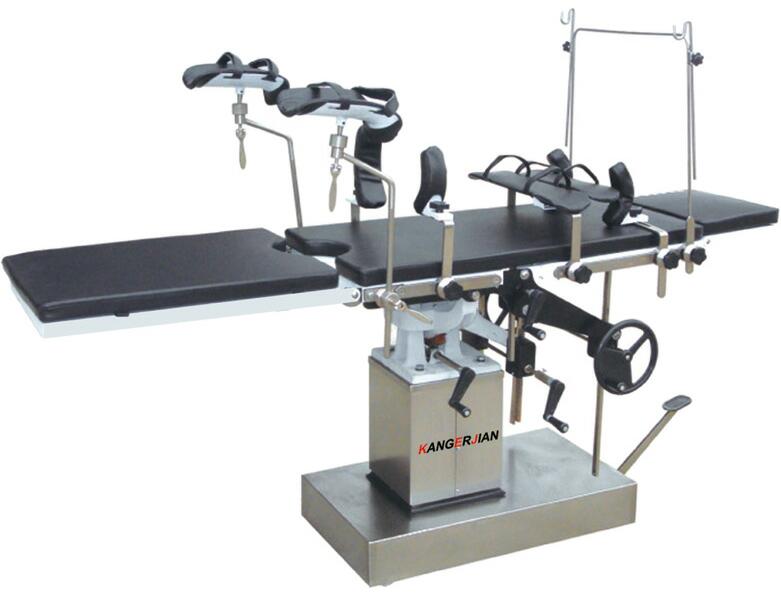
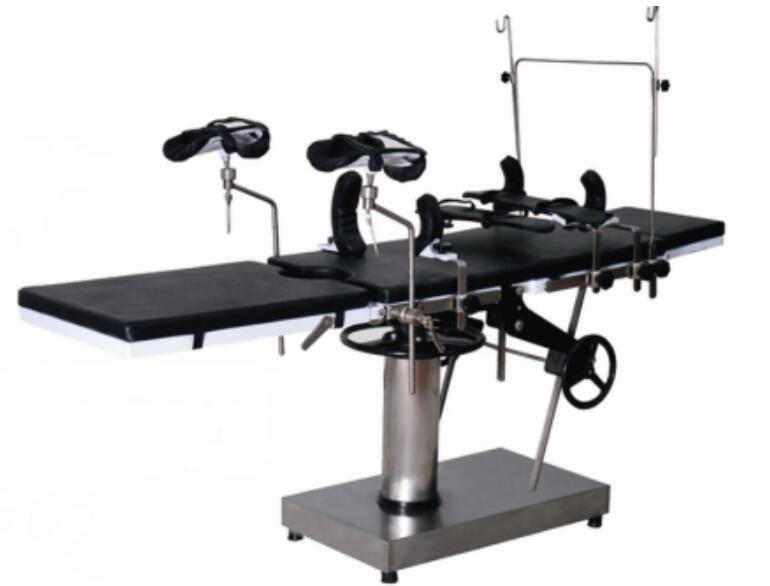
Certificates:
Certificates of CE, ISO9001, ISO13485, CFDA are approved.
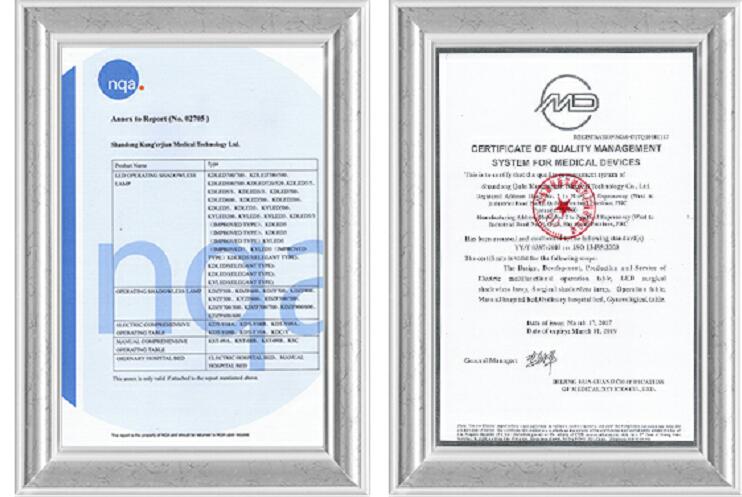
Our company
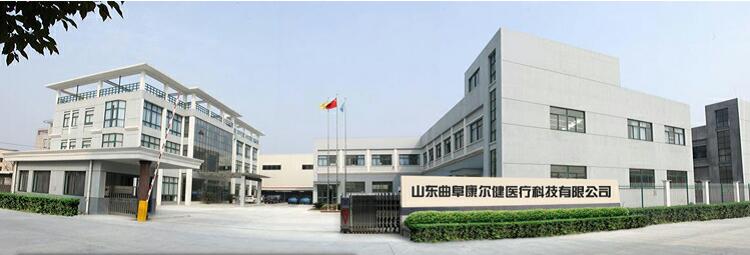
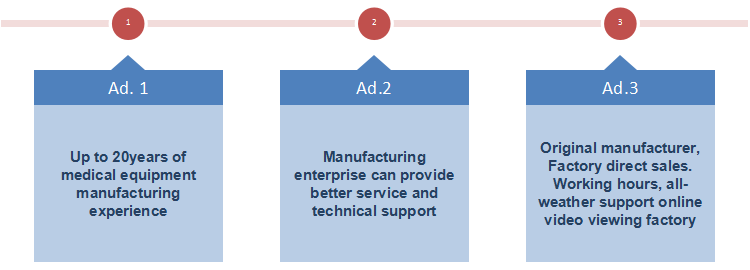
Shangdong province is the main machinery production base in China.
KANGERJIAN Medical Technology Co., Ltd. is a group of senior lighting design expert and machinery manufacturing expert company with 20years experience and factory locating in the east city--the hometown of confucius--Qufu in Shandong province, China.
The Company has passed the ISO:9001:2008 quality system certification, ISO13485:2003 quality system certification, CE certification and CFDA certification, so that the enterprise management standards and product quality is relatively connected to expand the international market for enterprises to lay the foundation.
Our main products: Operation Theatre Lights , Halogen Operating Light , LED Operating Light , Double Dome Operating Lamp , Single Dome Operating Light , Surgical Table , Medical Electric Operating Table, Electric Hydraulic Operating Table, Obstetric Delivery Table , Gynecology Examination Tables, Economical Gynecology Table , Electrical Gynecological Table, Operating Theatre Pendants , medical hanging tower, ICU tower crane in ICU room, LED Viewbox etc. medical equipment.
The quality of casting by me, the market led by me! Excellent from professional, KANGERJIAN people lead the new trend of medical equipment.
KANGERJIAN Team
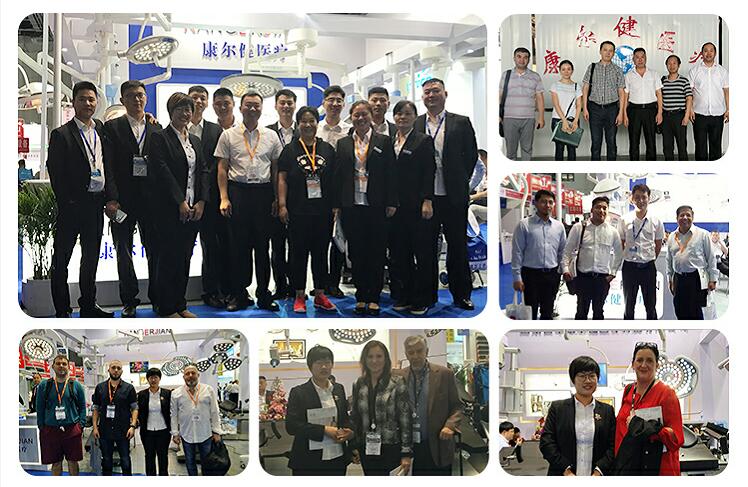
Package:
Inner Package---Dust-proof plastic film+ qualified shockproof foam
Outer Package---Thick Plywood case for over sea delivery
We support ODM of the package if there's special demands from clients
Shippment:
Sea shipping, Air transportation, Expresses like DHL, UPS FEDEX, TNT etc. Our forwarder give good price support.
Clients also can choose their own forwarder.

Manual Delivery Table
Manual Delivery Table,Obstetric Delivery Bed,Manual Gynaecology Delivery Table,Manual Multifunction Delivery Table
Shandong qufu healthyou Medical Technology co.,Ltd , https://www.kangerjian-medical.com